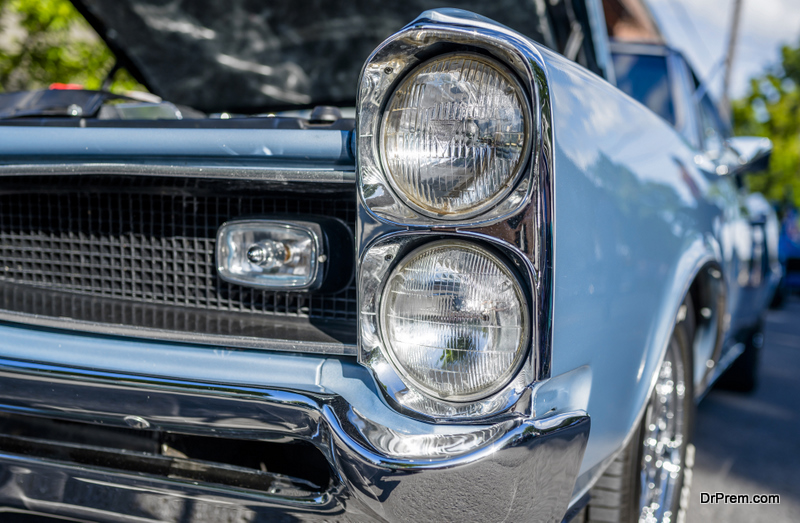If you want to restore a car you own, that’s your prerogative. No one can tell you what to do with your property.
Now that that’s out of the way…
Do you remember that news story about the woman who messed up the restoration of a Spanish fresco so badly that the resulting image became a meme for years? That’s what happens when someone who doesn’t know what they’re doing gets in over their head.
Before discussing ways to avoid huge mistakes, let’s discuss the main reason restoring an automobile yourself is a huge risk and why you might want to use an auto restoration service.
If you make a mistake, you could dramatically lower the value of the car. Even if the car was in rough shape to begin with, it’s easy to make it worse.
Originality Matters

As the old saying goes, “it’s only original once.” People pay premiums for vehicles in original condition, even if that condition is what one would call “well used” or “driver’s condition.”
If you were to repaint the car, even if the original paint was well worn from decades of use and exposure to the elements, this simple act could cut the car’s value in half depending on the vehicle.
Perhaps you want to replace a part of the car. Can you source an original part? Are you going to ensure, say, the engine block on the 1967 Corvette L88 you’re restoring is from the correct year?
Yes, modern blocks will fit, but one will help maintain value while the other will cause it to fall like a stone. This difference is why aftermarket items like air conditioning systems for vintage cars advertise features like “no permanent modifications necessary” and “completely reversible.”
The person you’re selling the car to wants to see the car was maintained, not modified.
Quality of the Work
The other reason that restoration is tricky is that chances are you’re planning on restoring a vintage car that’s not made anymore. Modern vehicles have parts you can replace by going to Pep Boys, and they have shop manuals that you can find in PDF form.
But that vintage car? Perhaps a vintage foreign car with a shop manual in another language (if it exists at all)? You’ll need to find an expert.
Experts in vintage cars know where to source parts and how to work on the vehicle without causing damage. They know the right methods for disassembly, and they have special tools for specific jobs. Restoring a car takes kid gloves lest paint gets chipped, chrome gets dented, or irreplaceable parts get dropped.
You Have One Shot

Unless you have a line of identical vintage cars needing restoration, you can’t practice. You have to get it right the first time. It’s all too simple to strip a screw, tear vintage leather, or rip ancient carpet. And once you’ve done it, that’s it. There’s no do-over.
Now, again, if you purchased an old car and you’re dead set on restoring it, go for it. But get the right tools, the right space, the right parts, and enough time to complete the job. And don’t forget to get a manual in a language you speak!
Article Submitted By Community Writer




